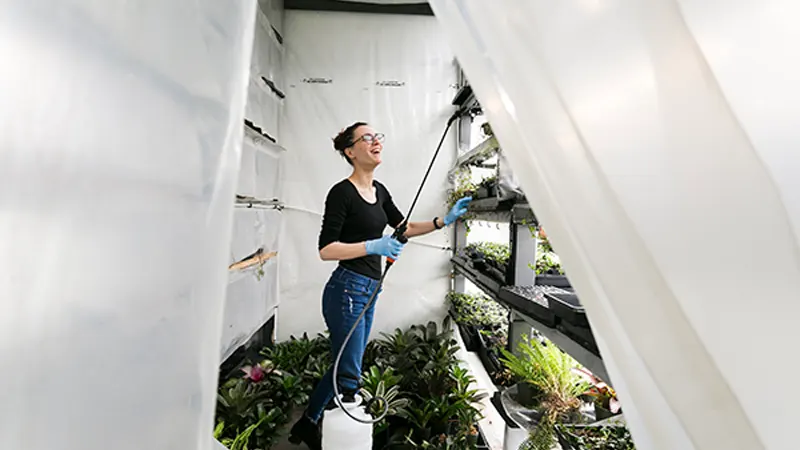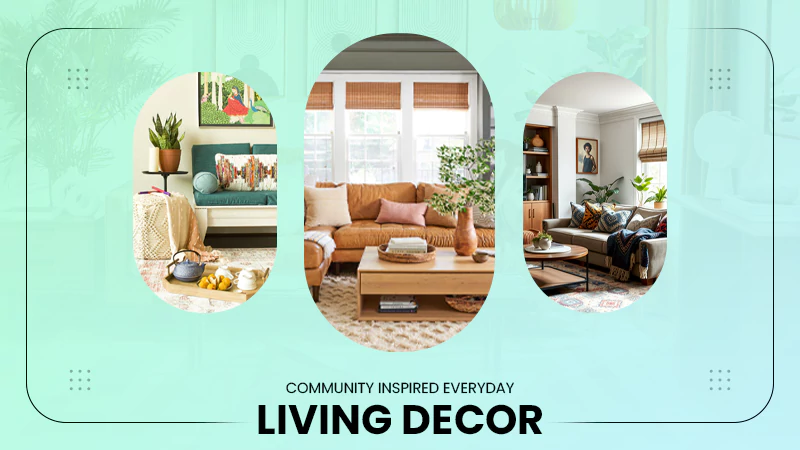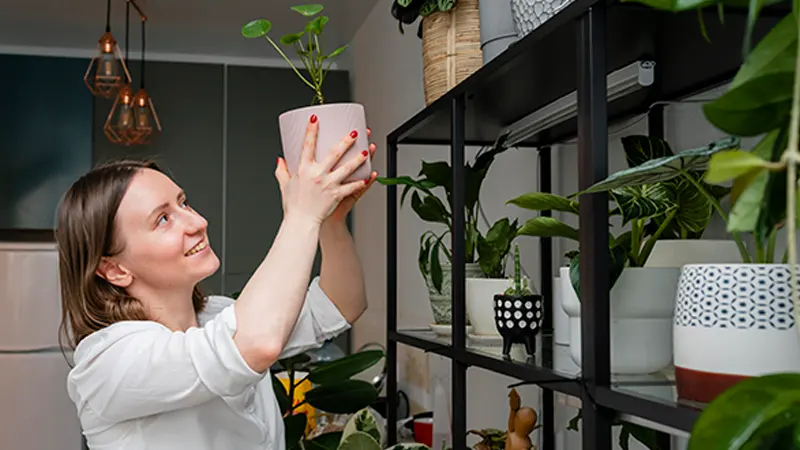
The Subtle Power of Scent
Scent is one of the most emotionally evocative senses. A faint whiff of something familiar can immediately lift your mood or make you feel at ease. That’s why many interior designers consider fragrance a crucial part of creating atmosphere.
A simple laundry sheet can demonstrate this principle perfectly. The gentle, clean scent it leaves behind evokes comfort and freshness, making your space feel instantly tidier and more inviting.
Using lightly scented cleaning products, essential oil diffusers, or even fresh flowers can subtly change the entire mood of a home. Scents like lavender and chamomile calm the mind, while citrus and eucalyptus energize and refresh.
Light That Feels Alive
Lighting is not just about visibility—it shapes how we perceive space. Soft, warm light makes a room feel cozy and intimate, while cooler, natural light can make it feel open and airy.
When possible, take advantage of daylight. Open curtains, use mirrors to reflect sunlight, and choose lighter wall colors to make rooms brighter.
In the evening, layered lighting can bring depth. Combine ceiling fixtures, table lamps, and ambient lights to adjust brightness for different moods. Dimmable bulbs are an easy investment that let you tailor your environment, whether you’re working, dining, or winding down. The right lighting setup encourages relaxation and focus in equal measure.
Textures That Ground and Comfort
We often overlook how surfaces influence our sense of comfort. Rough, smooth, soft, and coarse textures all create different experiences. Mixing textures adds interest and makes a space feel more layered and tactile.
Try pairing soft textiles—like plush throws, cotton bedding, or velvet cushions—with natural materials such as wood, stone, or linen. These combinations balance comfort and structure.
A chunky wool rug underfoot or a linen tablecloth can instantly make a room more inviting. Texture appeals to touch but also to sight, giving a home visual warmth that plain, flat surfaces can’t achieve.
The Sound of a Calm Home
Sound has an enormous impact on how we feel in a space, even when we’re not consciously aware of it. Constant noise—whether from traffic, neighbors, or electronics—creates tension and fatigue. On the other hand, intentional sound design can restore a sense of calm.
Soft background music, bubbling fountains, or even the gentle hum of a fan can create a rhythm that helps mask unwanted noise.
Acoustic materials such as rugs, curtains, and upholstered furniture also absorb echoes and soften harsh sounds. For those working from home, this makes a big difference—reducing distractions and promoting focus.
Colors That Speak Without Words
Color psychology shows that different hues can affect emotions and behavior. Soft blues and greens promote calm, while yellows bring optimism and warmth. Neutral palettes make spaces feel balanced and timeless, whereas bolder colors express personality and creativity.
Instead of following strict rules, think about how each color makes you feel. If a certain shade feels overwhelming, use it as an accent rather than a dominant tone.
A single wall painted in a rich hue or a few bright accessories can make a statement without overpowering the room. The goal is harmony—colors that complement your natural light and reflect your personality.
The Role of Temperature and Touch
Temperature affects comfort just as much as decor. A slightly cool room can feel refreshing and help you sleep better, while warmer spaces encourage conversation and relaxation. Textiles, rugs, and layered fabrics help maintain a balanced temperature and give you control over seasonal changes.
Touch also matters. Natural materials like cotton, bamboo, and linen not only feel better but often perform better over time, allowing the skin to breathe and adding authenticity to your home. These tactile details make a space feel lived-in rather than staged.
Incorporating Nature Indoors
Biophilic design—the practice of connecting interior spaces to nature—has become a major trend because it’s grounded in science. Studies have shown that even small natural elements like plants or wooden finishes can reduce stress and increase feelings of well-being.
Indoor plants filter air, soften lines, and add a living, organic energy to a room. Even if you don’t have a green thumb, low-maintenance species like pothos, snake plants, or succulents can thrive with little effort. Natural materials such as rattan furniture, jute rugs, and clay pottery further reinforce this connection to the outdoors.
Where Comfort Meets Conscious Design
The spaces that leave a lasting impression are rarely the most extravagant. They’re the ones that quietly engage all your senses and make you feel grounded the moment you walk in.
Whether it’s the scent of clean laundry, the glow of a reading lamp, or the texture of a cozy throw blanket, these sensory touches tell a story of care and intention.
When your home engages your senses in gentle, balanced ways, it becomes more than a backdrop. It becomes a living, breathing part of your well-being.




